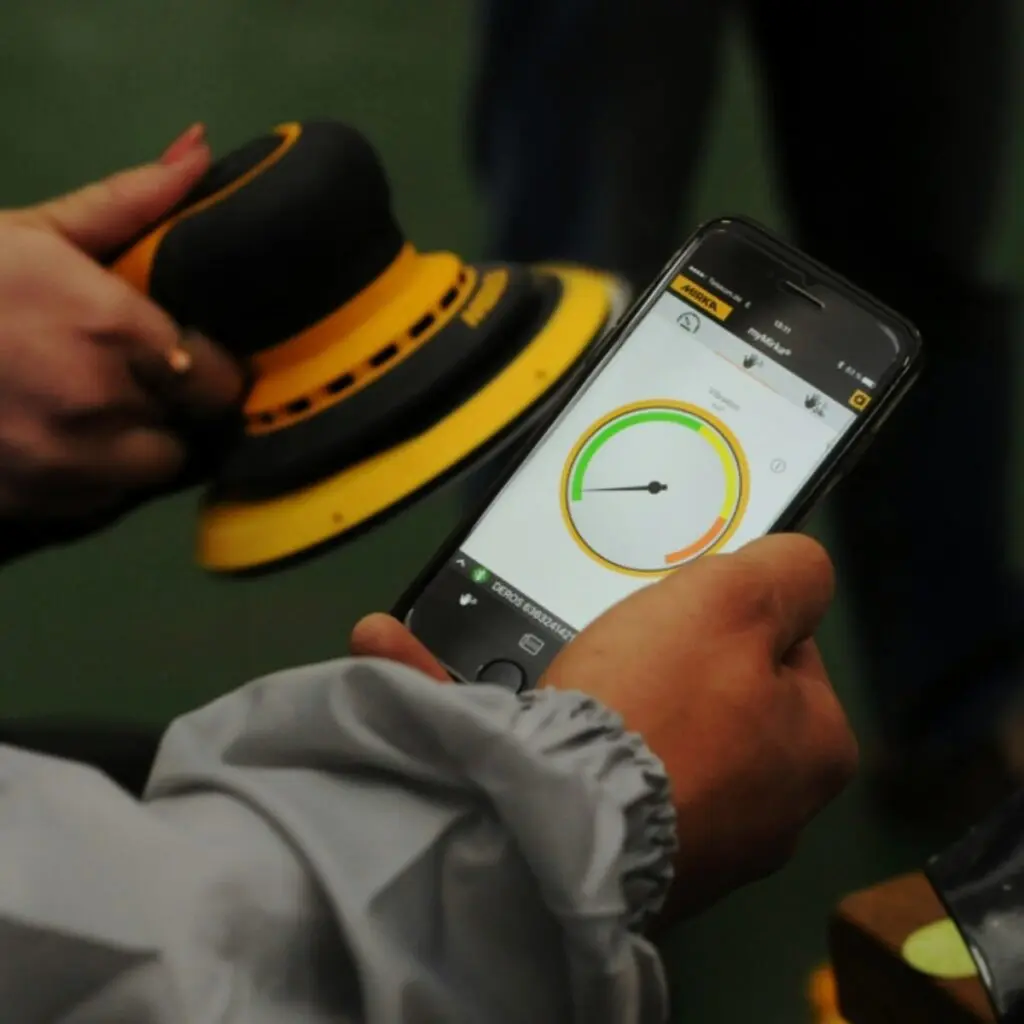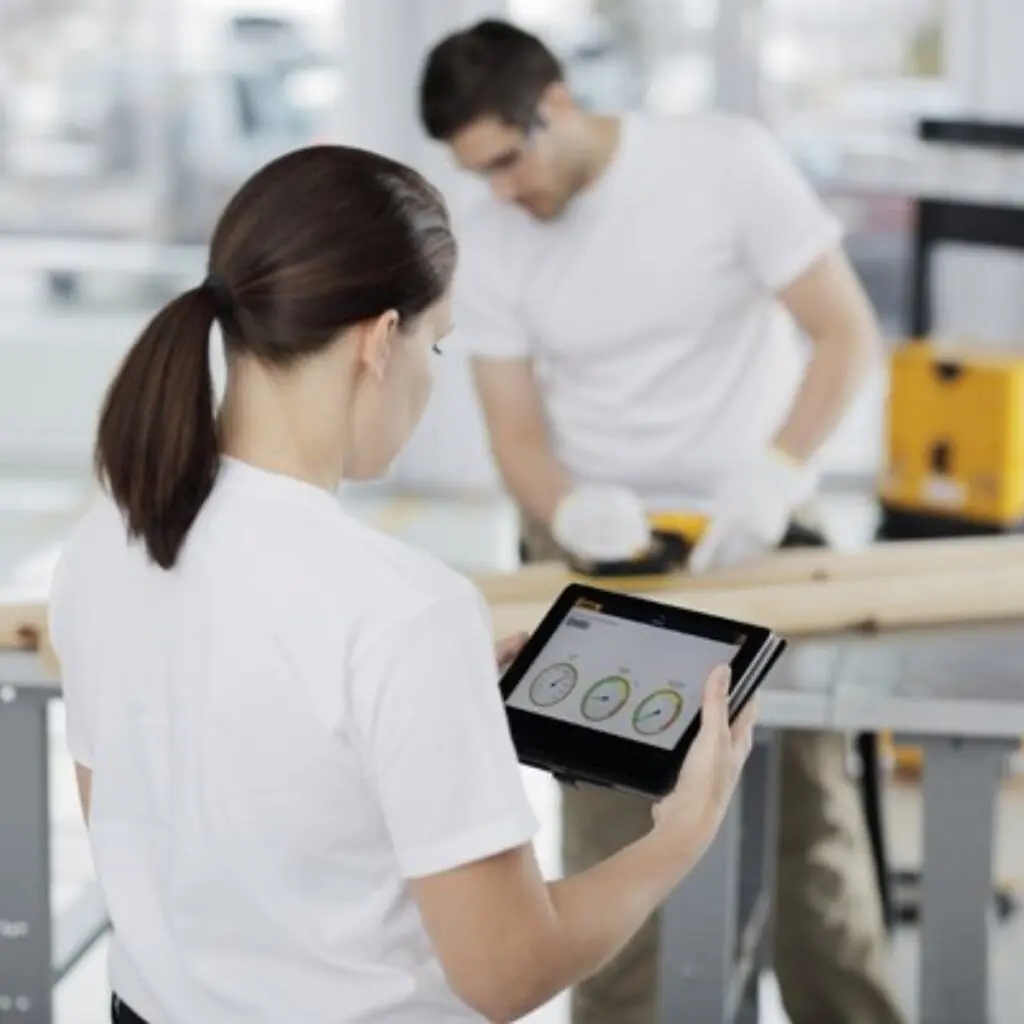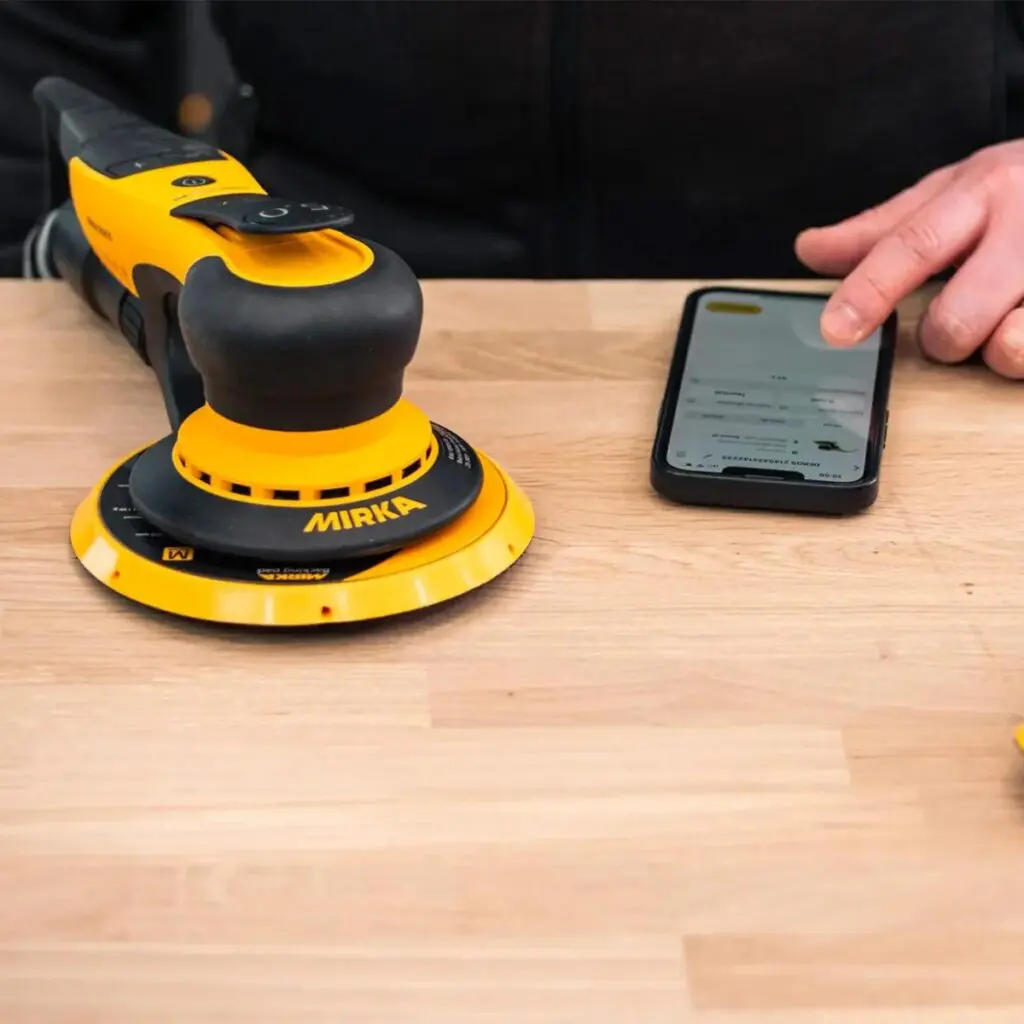
When it comes to choosing the right orbital sander, choosing the right tool for the job makes all the difference in getting the perfect finish. Whether you’re removing old paint from steel or doing the final denib before doing a high gloss lacquer finish, there’s a huge range of sanders available.
We’re going to cover all the main areas including:
- Random Orbital vs Orbital
- Pad shape
- Orbit size
- Pneumatic vs Electric vs Battery
- Orbital sander innovations
Random Orbital vs Orbital Sanders
A key thing to consider is Random Orbital vs Orbital Sanders. As a rule, Random Orbital Sanders have a round sanding pad which moves not only in a small circular sanding pattern, but the whole pad rotates in an eccentric orbit as well. As a result, a Random Orbital Sander rotates off-centre, meaning it has a more even pattern and reduces scratching on the surface being sanded.
Orbital sanders, by contrast, move in a small circular sanding pattern but the pad itself does not rotate.
Random Orbital Sanders
Random Orbital Sanders always have a round sanding pad, and they’re available in a few different sizes.
Random Orbital Sander Sizes
Random orbital sanders come in various sizes, from the most common “standard” 150mm models for general purpose sanding to small sanders designed for delicate work, all the way to large 279mm or 300mm gear driven orbital sanders for large areas.


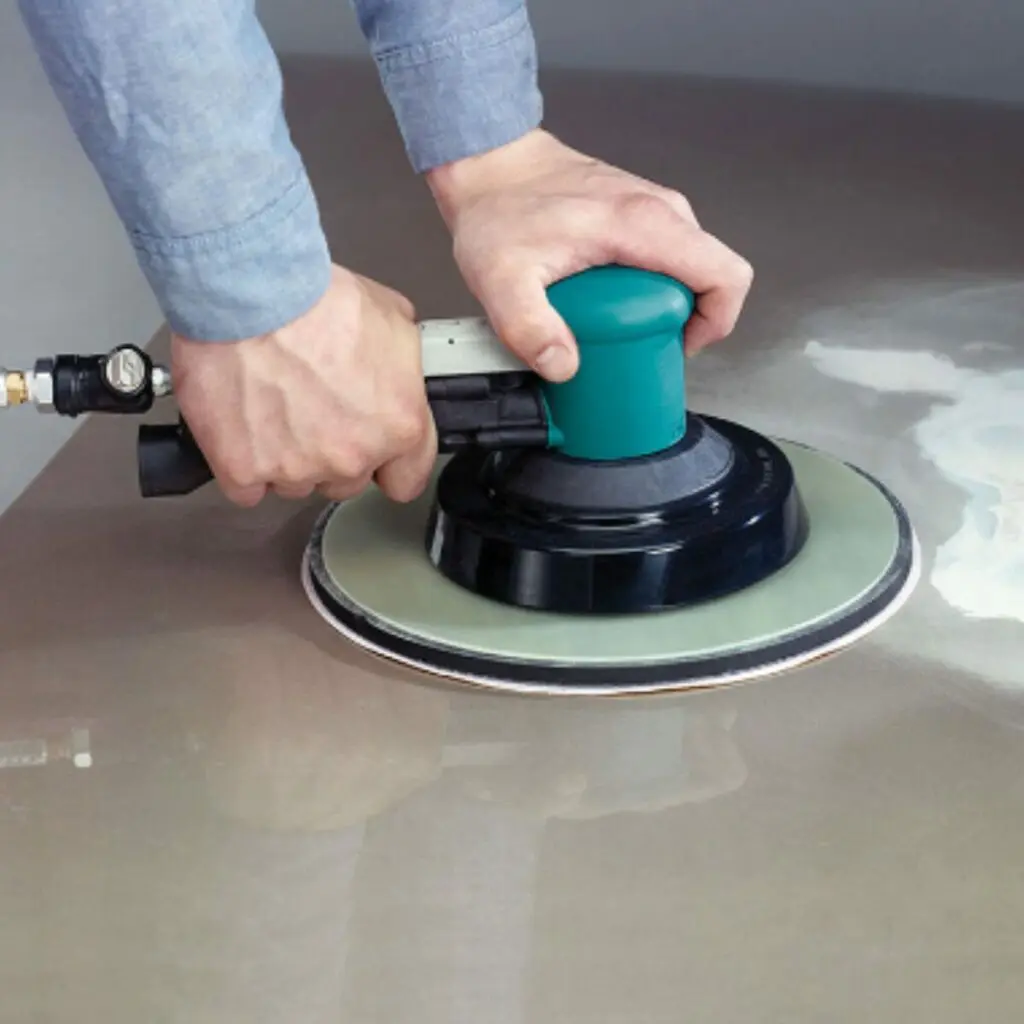
Two-hand vs Palm Random Orbital Sanders
Two-Hand Sanders are typically larger and more powerful, suitable for large and sanding projects. They offer excellent control and stability, but are not good for delicate or precision work.
Palm Sanders are the most commonly available sanders, and are compact and lightweight; perfect for single-handed use and areas needing precision and control.
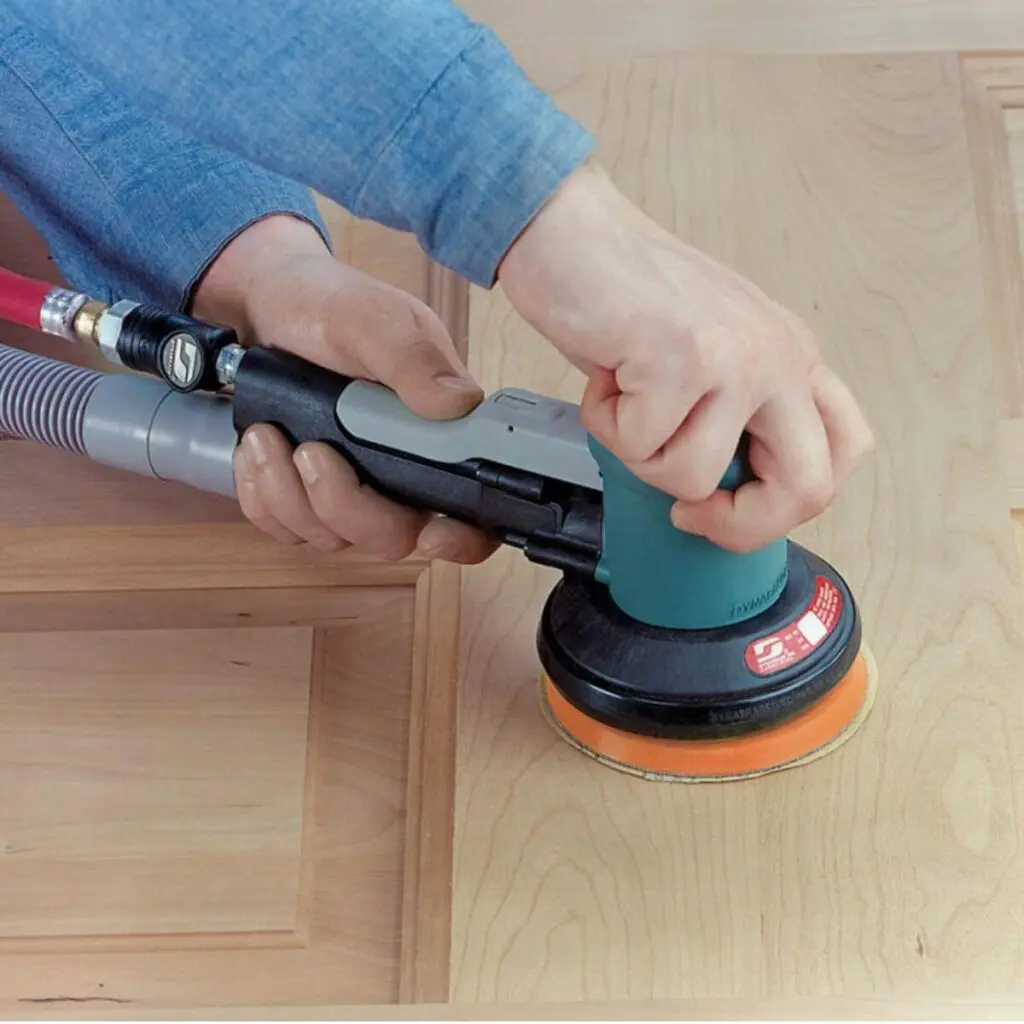

Orbital Sanders
Orbital Sanders come in a wide range of versions, but the main feature is that the pad is normally angular (not round) and the pad only moves in a small, precise, circular sanding motion. The pad does not actually rotate. Because of the sanding pattern, the finish is not typically as good as that of a Random Orbital Sander.
Orbital sanders are very versatile, and come in a range of shapes and sizes to suit different tasks.
Orbital Sander Pad Shapes
Rectangular orbital sanders are great for sanding large, flat surfaces. Their shape makes them ideal for getting into corners and edges that a round sander might miss. A common size is 70 x 123mm.
Long bed orbital sanders are available in sizes up to 400mm or even longer, and are ideally suited to fairing boats or other applications where a long, flat sanding surface is required.
Detail sanders have a very small sanding pad, and come in a range of shapes and sizes, typically customised to the exact product they will be used to sand.
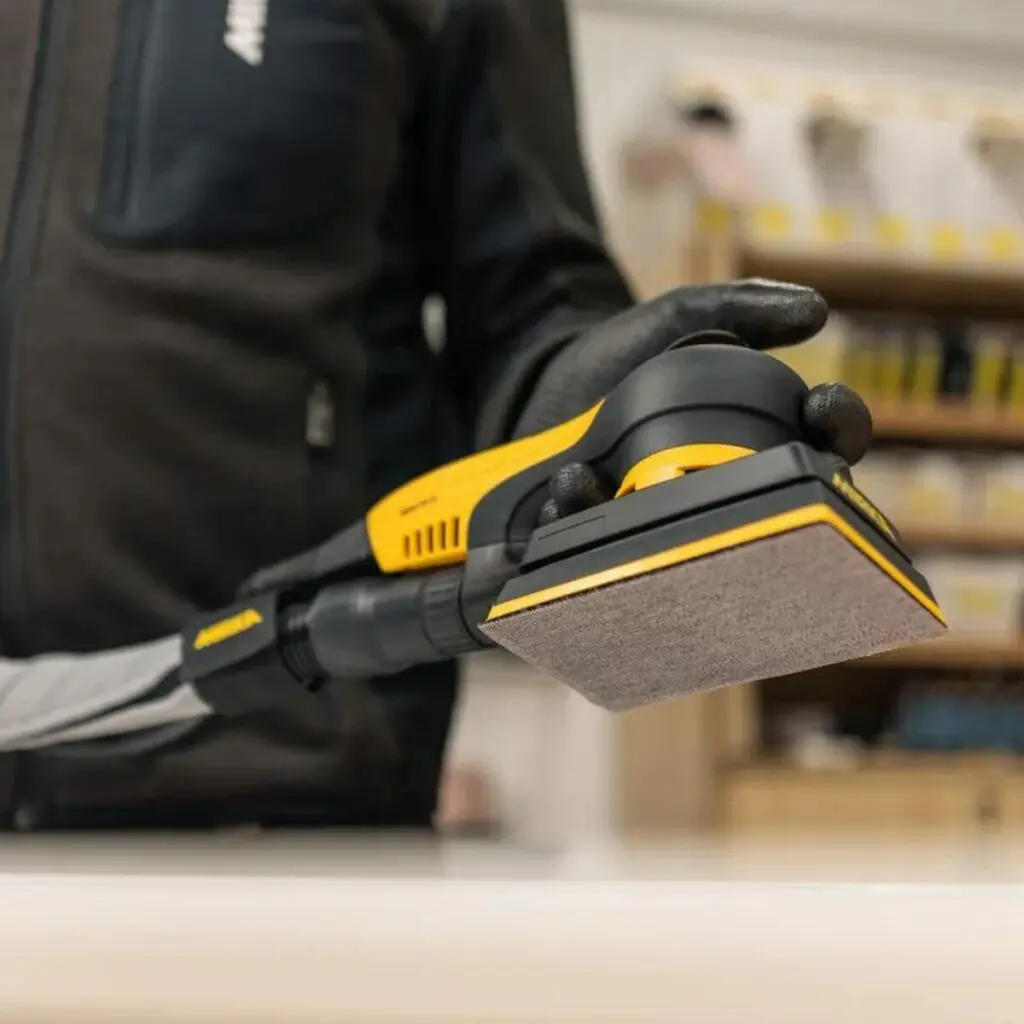
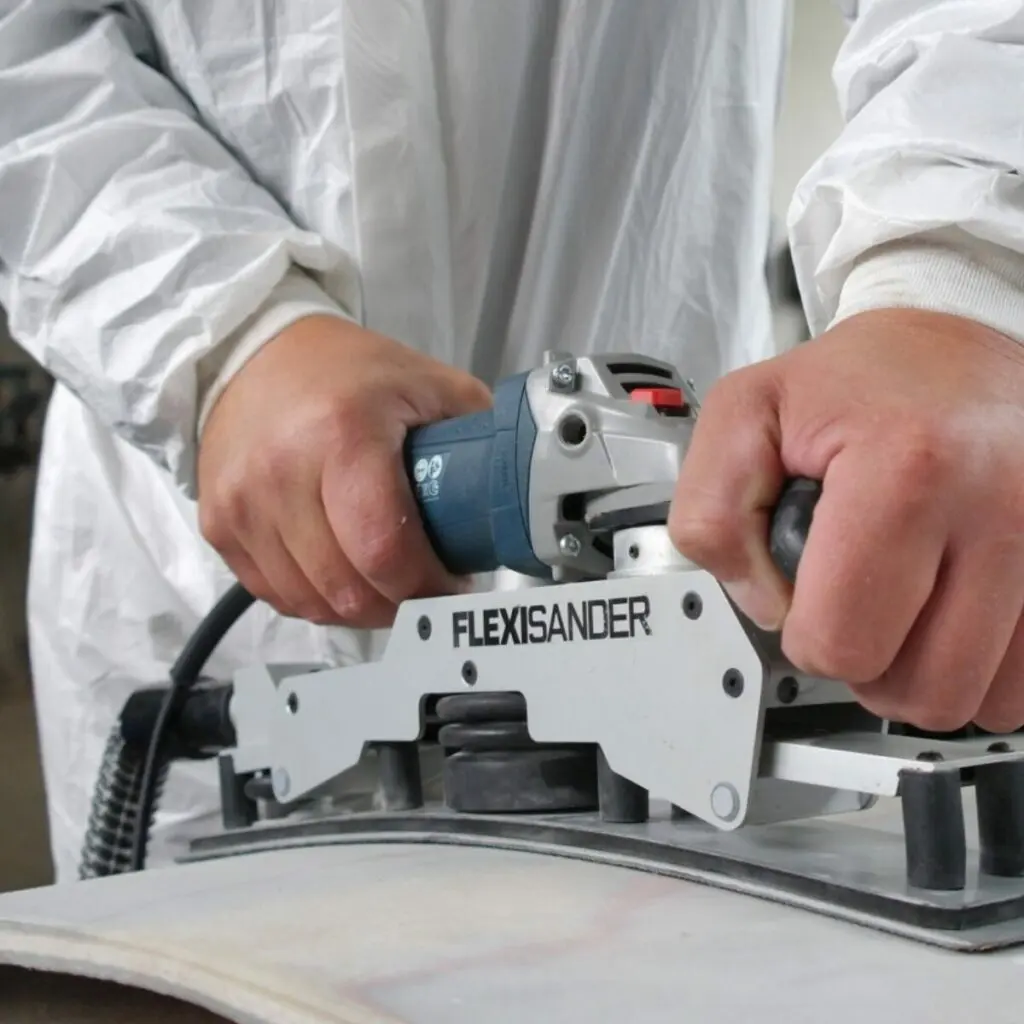
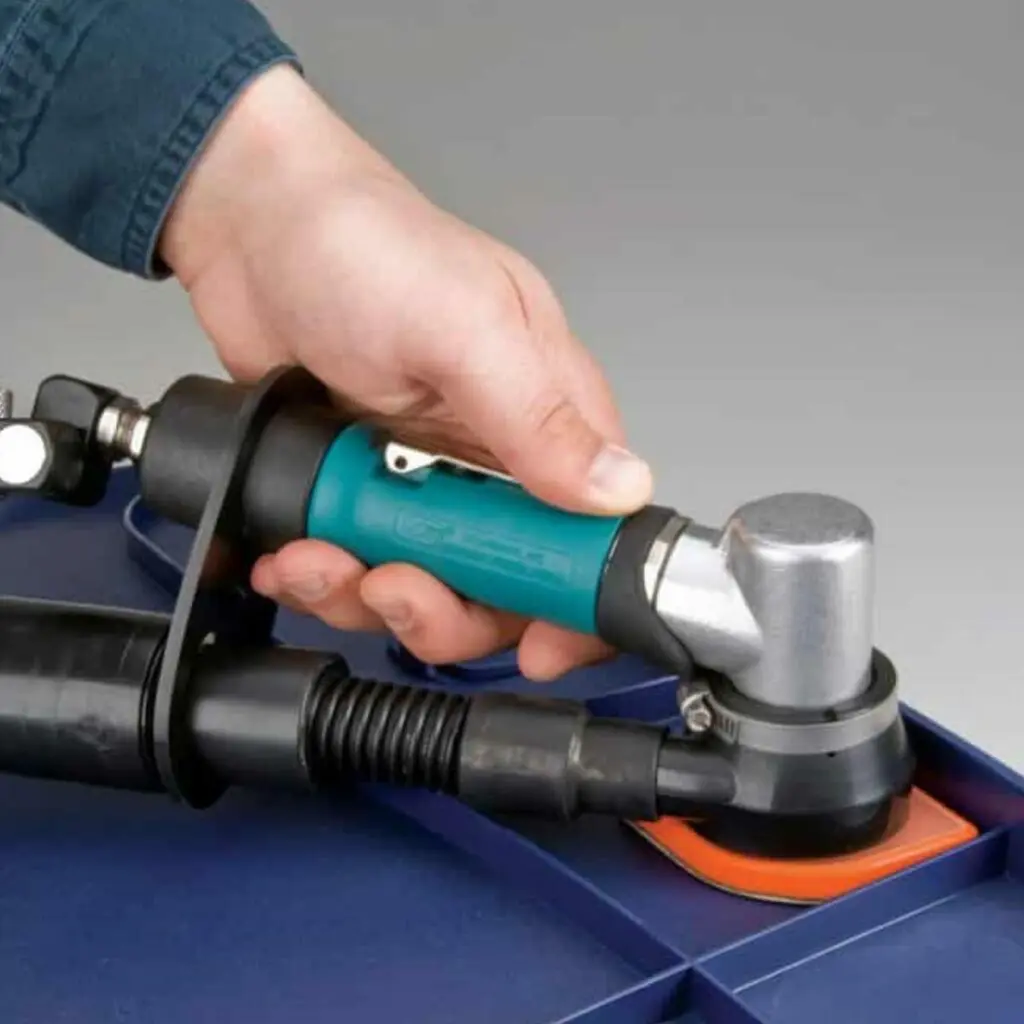
Orbit Size
Orbit size refers to the diameter of the orbit of a sander. The most common size orbit is 5.0 or 6.0mm and is suitable for most applications.
If you are getting “swirl” marks in your sanding pattern, or you are doing particularly fine-grade finishing, a smaller 2.0, 2.5 or 3.0mm orbit is less aggressive and offers a finer finish.
If speed is more important than finish, for example on removing paint from a surface, then a 10mm orbit gives a very fast and aggressive finish.
Power Source
Choosing the right power source for your sander can affect performance and convenience.
Electric sanders are ideal for their consistent power output and ease of use. And can be used anywhere you have electricity. They are available in 110V and 240V, depending on where they’re being used. For professional-grade sanders, they’re normally more expensive than pneumatic sanders.
Pneumatic or air-powered sanders are ideal when you have a constant compressed air supply. They’re extremely robust and durable, but can be a lot noisier than electric sanders.
Battery-powered sanders provide the ultimate in portability and convenience, allowing you to work without being tethered to an outlet. They are perfect for outdoor projects and on-site jobs where power access is limited.
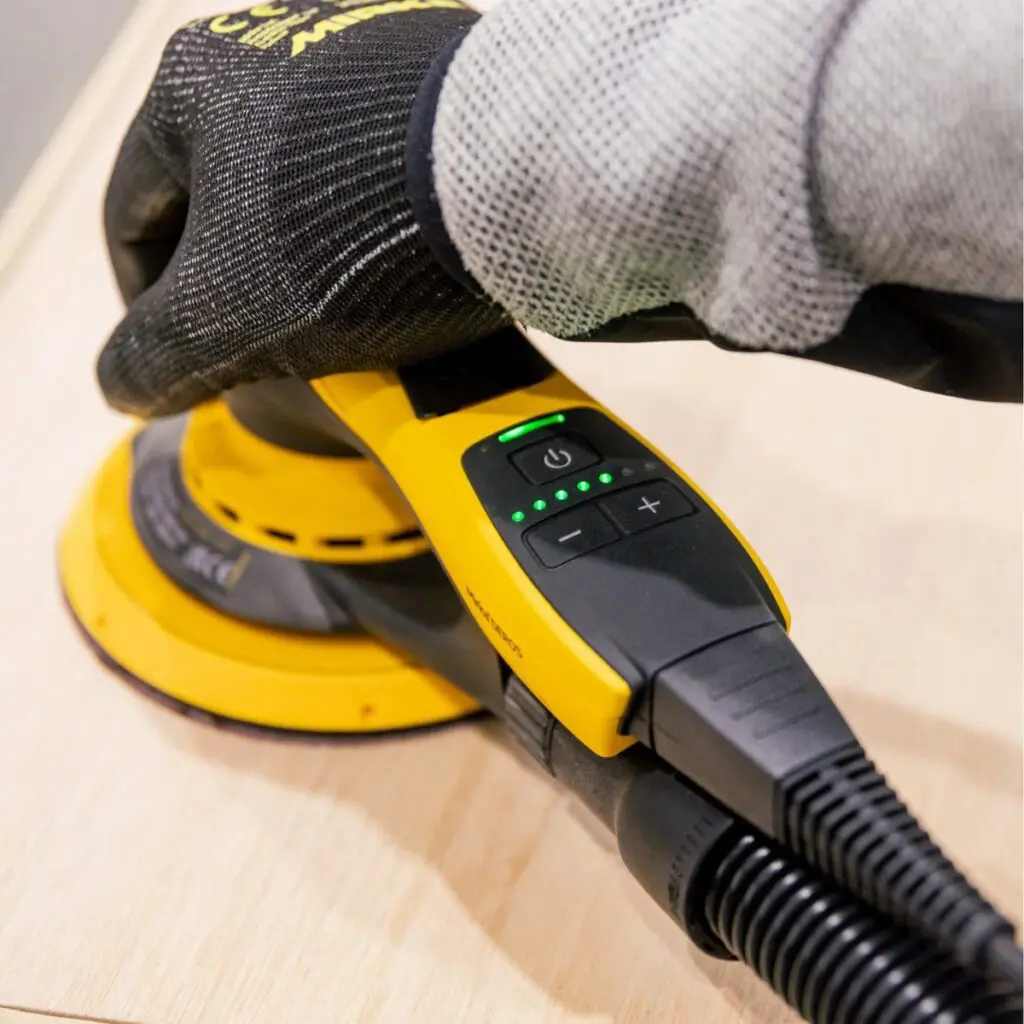
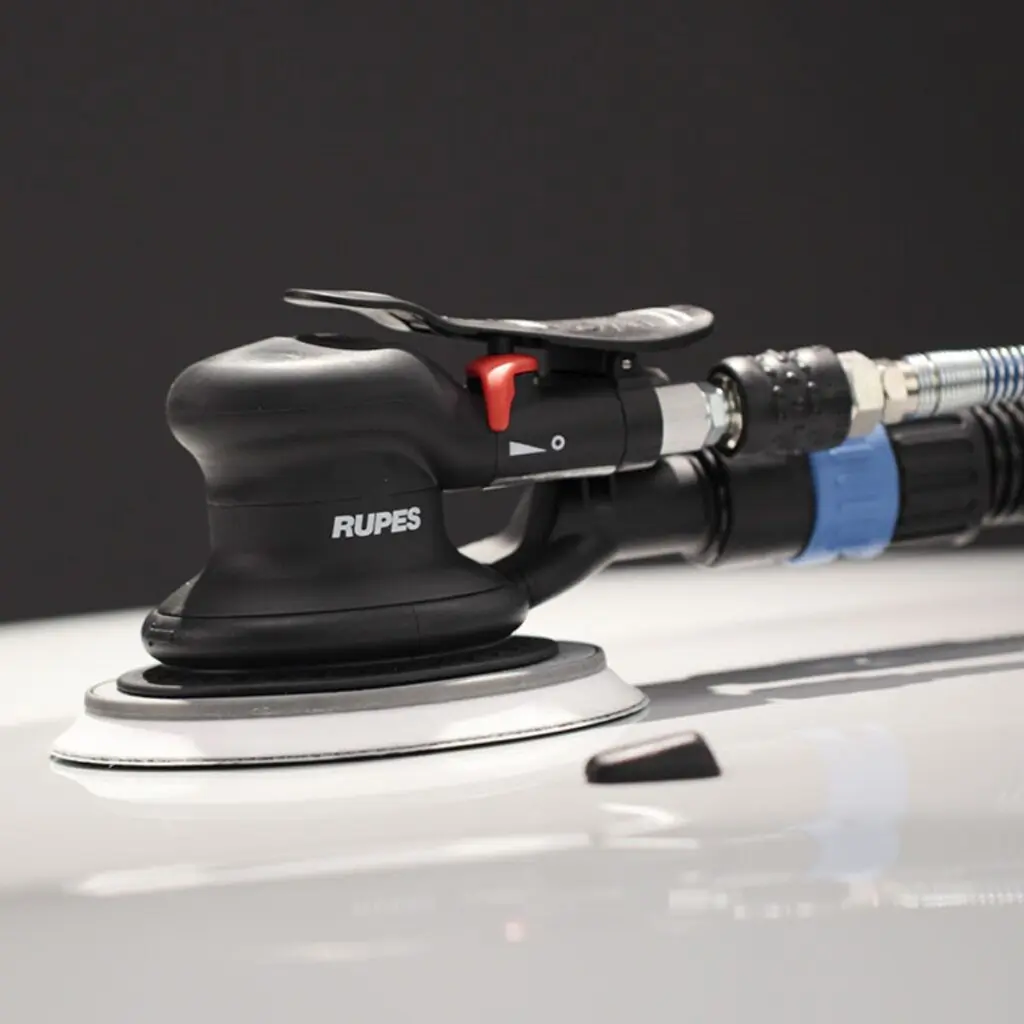

Orbital Sander Innovations
Orbital sanders are a relatively new innovation having only been available since 1951, and Rupes lay claim to being the first producer of portable electric sanders. In 1968 they produced the first electric random orbital sander.
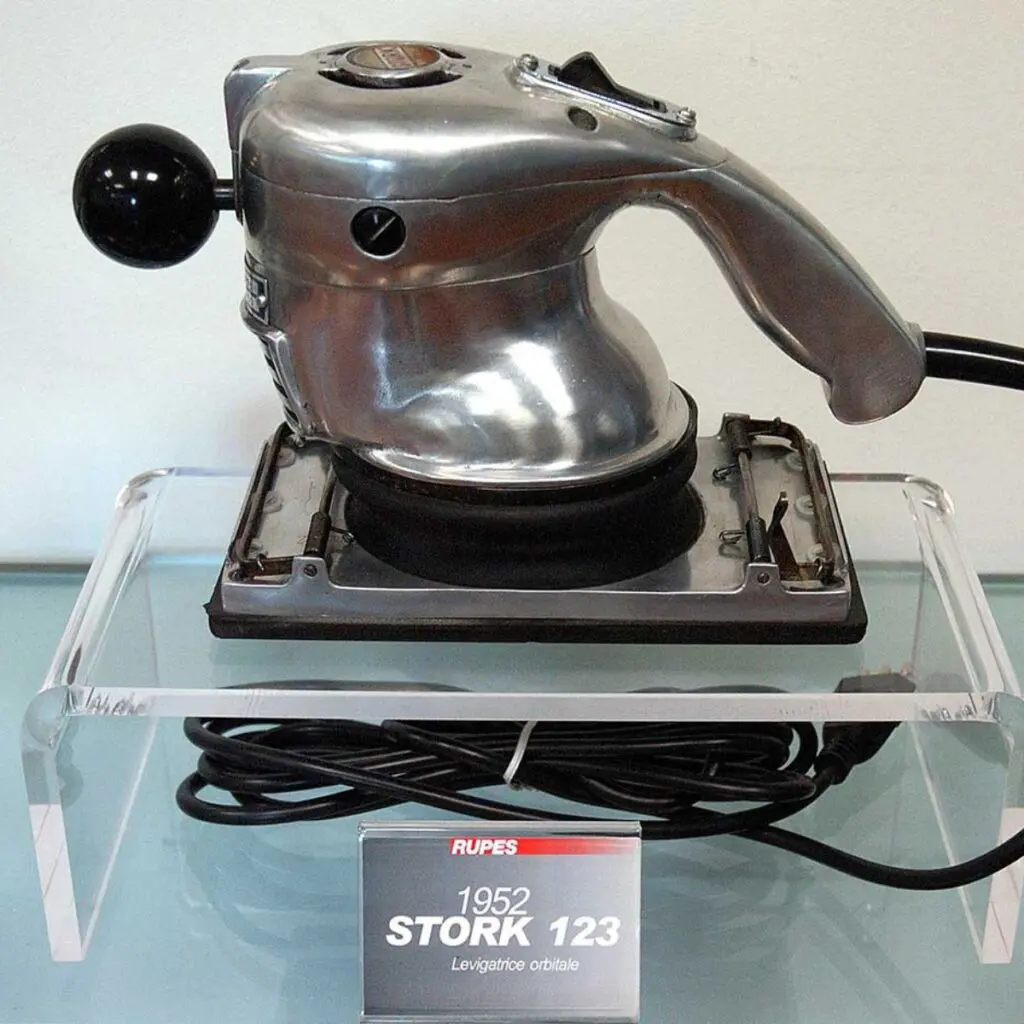

Fast forward several decades, here are a few innovations in orbital sanders that we’ve seen so far:
3D Printed Custom Pads
With advancements in 3D printing technology, users can now create custom sanding pads tailored to specific projects. This means you can design pads that fit unique contours or have specific abrasive patterns for specialised tasks.
Smart Sanders
Some modern orbital sanders are equipped with smart technology, including sensors that monitor pressure and speed to optimise performance. These tools can communicate with apps on your smartphone to provide real-time feedback and recommendations for better sanding techniques.
Silent Operation with Magnetic Levitation
Future sander designs are exploring the use of magnetic levitation for the motor and pad movement, seriously reducing noise levels and vibration. This technology could make sanders almost silent and incredibly smooth to operate.
